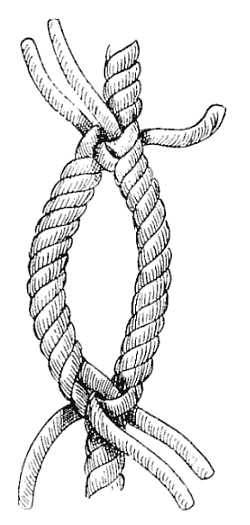
There is also an optional second clause that we can add that allows us to set how the list's index will increment between the indexes that we've set. Advanced Python Slicing (Lists, Tuples and Arrays) Increments The colon in the middle is how Python's lists recognize that we want to use slicing to get objects in the list. The 4 means to end at the fifth element in the list, but not include it. The 1 means to start at second element in the list (note that the slicing index starts at 0). What the heck does that syntax mean? Good question. Here's the Pythonic way of doing things: Now let's say that we really want the sub-elements 2, 3, and 4 returned in a new list. Nothing crazy, just a normal list with the numbers 1 through 8. Let's start with a normal, everyday list. Slicing Python Lists/Arrays and Tuples Syntax The default increment is 1, but users can put any applicable positive integer in step. It is an integer value that indicates to Python how much the user wants to increment between indexes when slicing the list. The last parameter that Python accepts is called step, and it can be entered optionally as required. In other words, if the stop value is 5 when using the slice function, Python will only return values till the index value is 4. By default, Python will stop the slicing at the value “stop - 1.” On the other hand, entering the stop parameter is mandatory since it indicates to Python the index to which slicing is supposed to take place. The value of start defaults to None if no value is provided. The start parameter is optional and indicates the index of the container which you want to begin slicing the data type from.

The slice function accepts up to three parameters at the same time.

Using negative indexes, Python users can access the data in a data type from the end of the container rather than the beginning. Python also uses the concept of negative indexes to make data easier to access. Regardless of what data the data type is holding, index values always begin at zero and end at one less than the number of items in the list. The “index” of a character or element in a list-like data type is the position of the character or element in the data type. This is because Python uses the concept of indices in all of them. You can use the slice function with several different data types in Python – including lists, tuples, and strings. To understand how the slice function works in Python, it’s necessary for you to understand what an index is. Slicing can not only be used for lists, tuples or arrays, but custom data structures as well, with the slice object, which will be used later on in this article. Python has an amazing feature just for that called slicing. If arcing gets hot enough to overwhelm a steel box, the breaker will have tripped.So you've got an list, tuple or array and you want to get specific sets of sub-elements from it, without any long, drawn out for loops? Of course any splice needs to be in a box, I recommend a metal box because if there's arcing in the box, it won't burn through, and will conduct heat throughout the box so the box doesn't get hot enough to set wood on fire. And use modern wire nuts (don't reuse really old ones, as the quality has improved in leaps and bounds). Wire-nutting produces a fine and durable splice if you firmly tighten, use the right size (yellow is fine for 2-3 of 12-14 AWG). If you have even one inch of 14AWG in a 12AWG circuit, you must downgrade the breaker to 15A, which is a waste. Make sure ALL the wire you are adding to the circuit is at least as large as the wire currrently in the circuit.

Bonus points if you go farther apart to place them at potentially useful future locations. Last resort, put 2 boxes at least 18" apart, and add a short length between the boxes. Even the Tyco splice consumes some length, and it doesn't let you tee.
CUT SPLICE CODE
Use a Tyco inline splice to avoid a second box just for the splice, but those splices are untrusted, so generally Code doesn't want you doing that unless there's just no other option. (Plan before you cut!)ĭivert that circuit in some useful way through your new work. Put the box at your location, and replace whichever half of the original run is easier to replace. You need about 9" of slack for each end of each cable in each box, so your options are as you see them. If you're looking for a tap splice, there's basically no such thing for Code electrical.


 0 kommentar(er)
0 kommentar(er)
